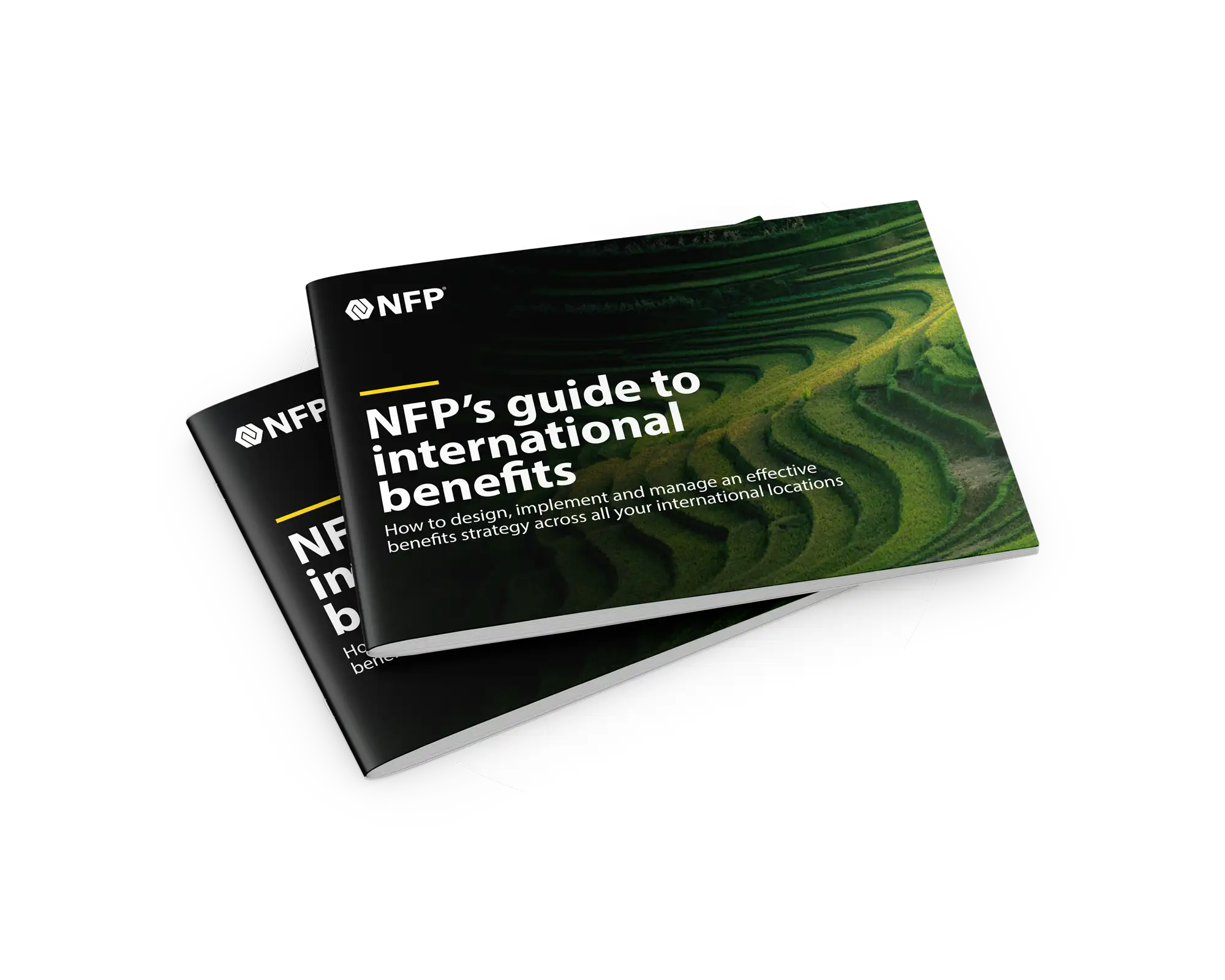Your work doesn’t necessarily end once you design and implement your international employee benefits strategy; maintaining oversight and continually reporting on the performance of your benefits is key to ensuring they remain relevant and fit for purpose, especially in the face of the ever-changing employee benefits law and best practices across the globe.
In this article, we outline the key metrics that reporting will provide you with, how this data can empower you to make more informed benefits decisions across your global locations, and how this in turn can shape an effective communication strategy that encourages your people around the world to get the most out of their benefits.
Visibility is vital
Having visibility of the performance of your benefits through an international lens is essential. Without reporting on your employee benefits strategy, you could be missing out on valuable market research into what’s working and what you may be wasting money on. This can give you a valuable opportunity to amend and optimise your offering, ensuring it provides maximum value to your people, long-term.
Reporting can give you access to vital data in key areas, such as:
-
Cost
Cost analysis is important to ensure that your programmes are running efficiently. You can easily identify opportunities on benefit spend; it also allows you to spot financial trends or issues sooner.
-
Usage
To expand further on the take-up, once members are enrolled into plans it is important to have visibility of how those plans are being used. The specific data will vary with each benefit, but common examples include:
- Pension: How many members remain in the default investment fund? Due to the investment fund being default, it is likely people will remain as alternatives would require action to be taken. The default is not always the most appropriate for their risk profile.
- Medical: Are there particular areas that members are regularly claiming for that could be controlled through a proactive approach to health management?
- Health Spending Accounts: How many employees are utilising their fund each year and are there any areas where employees are consistently hitting the cap? Should these be revisited?
-
Engagement and take-up
Providing benefits can be expensive, and you want to ensure you are maximising your return on your investment. Reporting can flag which benefits to prioritise and which may either need to be dialled down or communicated more effectively to your people. No matter how you choose to communicate your benefits, the important message is that there is a strategy for engagement and then a process to evaluate the effectiveness of that communication.
International benefits technology
The key to your communication strategy could be international benefits technology. These online platforms can make your employee benefits more accessible by hosting them all in one place and can help to engage your workforce by delivering a consistent, intuitive user experience. International benefits technology also equips you with the ability to send tailored communications to your people, which can help to encourage your people to interact more with their benefits.
Getting the most from your benefits plan may depend on how effective your employee benefits technology is. However, while modern technology can provide some fantastic tools to help you run your international benefits programme, for the effectiveness of your communication strategy you need to make sure you:
-
Understand your employee base
Your benefits technology should first and foremost accommodate for the needs and lifestyle of your people. Ask yourself questions like, ‘Are they mainly in an office?’, ‘Do they work remotely?’, ‘Are they tech savvy?’.
-
Demonstrate your benefits programme with clarity
Clearly outlining your requirements at an early stage will help your benefits technology provider to work out how complex your plan is, and the full scope of functionality you will need.
-
Make your objectives clear
Having clear objectives around timelines, targets, and KPIs will help your technology provider to offer the best solution for your organisation.
-
Make sure you have the right stakeholders involved
You may need a variety of stakeholders involved from the very beginning of your project. Consider those who may be impacted by the technology, or who may have valuable insight about your organisation and your benefits plan.
NFP's guide to international employee benefits
With more benefits, reward and HR professionals taking on multinational responsibilities, our team of experienced international benefits consultants have created this guide to share their insight into the key aspects of running a successful international benefits programme.
In the comprehensive guide, you'll learn
- What to consider when designing your global benefits strategy
- How to identify the right benefits and provider(s) to deliver them
- How to efficiently run your global benefits programme
- How to review and maintain oversight of your programme
